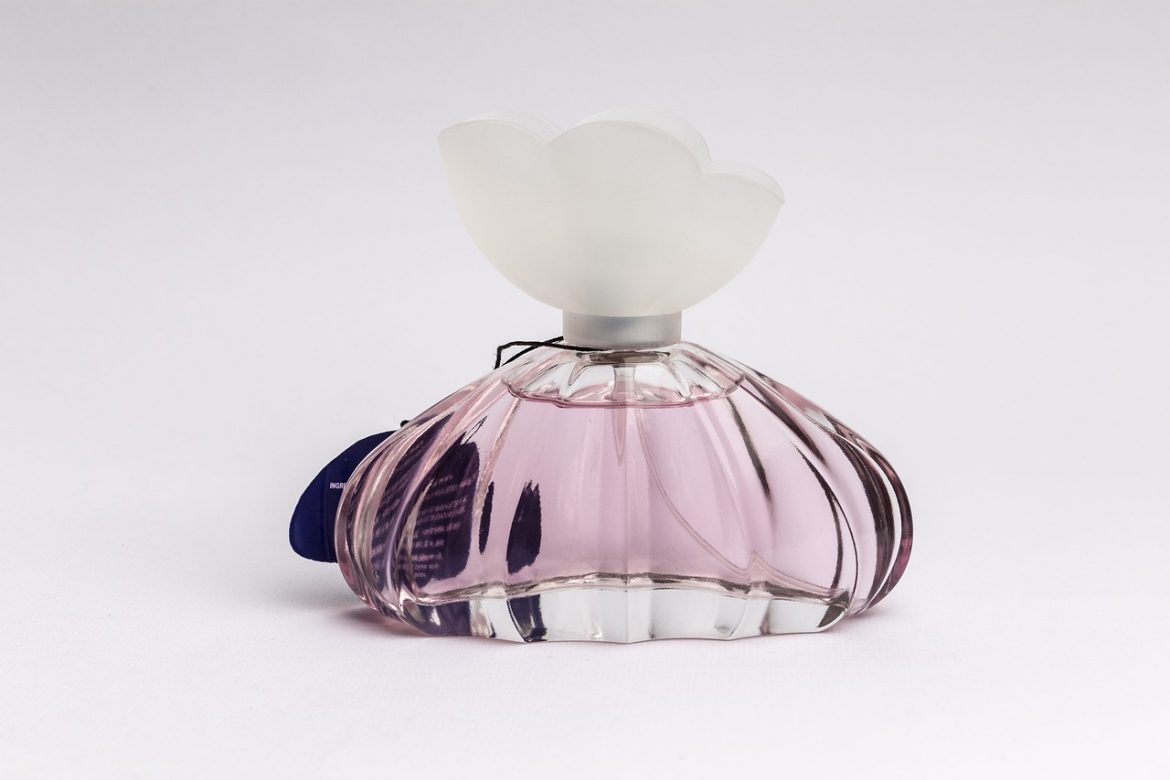Denim is a fabric that has been around for centuries and has transformed greatly over time. What started as a durable material for workwear has become a fashion staple for people all over the world.
In the late 1800s, denim was primarily used for workwear. It was a sturdy fabric that could withstand the wear and tear of manual labor. It wasn’t until the 1930s that denim began to make its way into mainstream fashion. Hollywood stars like John Wayne and Marilyn Monroe popularized denim as a fashion statement, and it quickly became a symbol of rebellion and youth culture.
In the 1960s and 70s, denim took on a new form with the rise of bell-bottom jeans and denim jackets. The hippie movement embraced denim as a symbol of anti-establishment and freedom. The 80s saw the rise of acid-washed denim and denim jackets with shoulder pads, as fashion became more bold and exaggerated.
In the 90s, denim took on a grunge aesthetic with ripped jeans and oversized denim jackets. It wasn’t until the early 2000s that skinny jeans became popular, and denim began to take on a more fitted and streamlined look.
Today, denim is a versatile fabric that can be found in a variety of styles and washes. From distressed and ripped jeans to high-waisted and cropped styles, denim has become a staple in every wardrobe. Brands like Levi’s and Wrangler continue to produce classic denim pieces, while newer brands like Madewell and Everlane offer sustainable and ethically-made denim options.
In conclusion, denim has transformed greatly over the years, from a sturdy workwear fabric to a fashion statement embraced by people all over the world. Its versatility and durability make it a timeless fabric that will continue to evolve with fashion trends for years to come.

